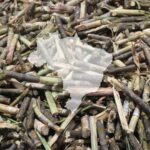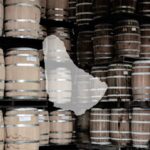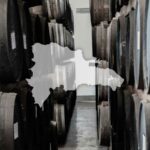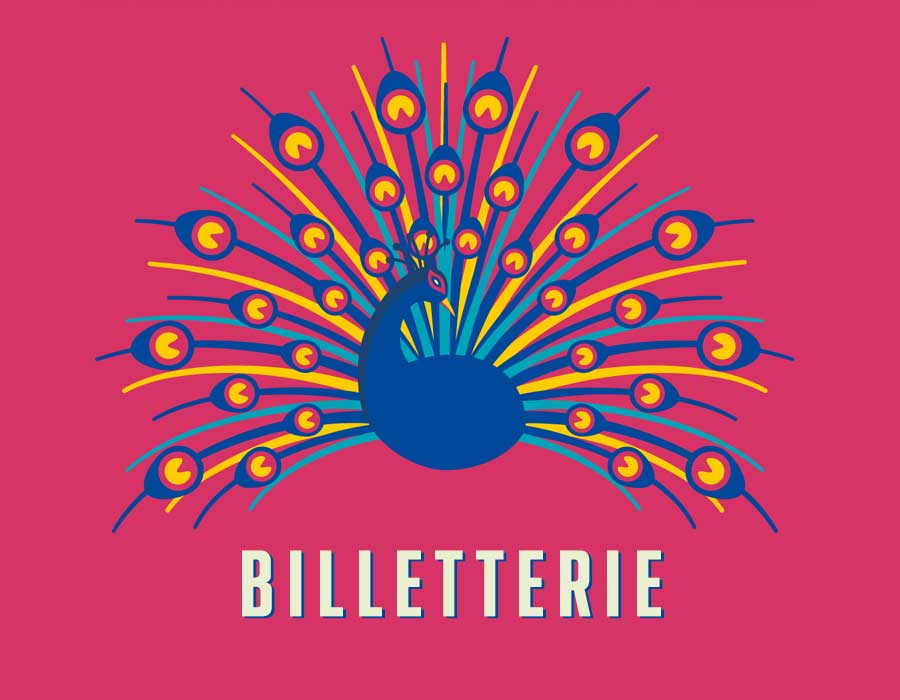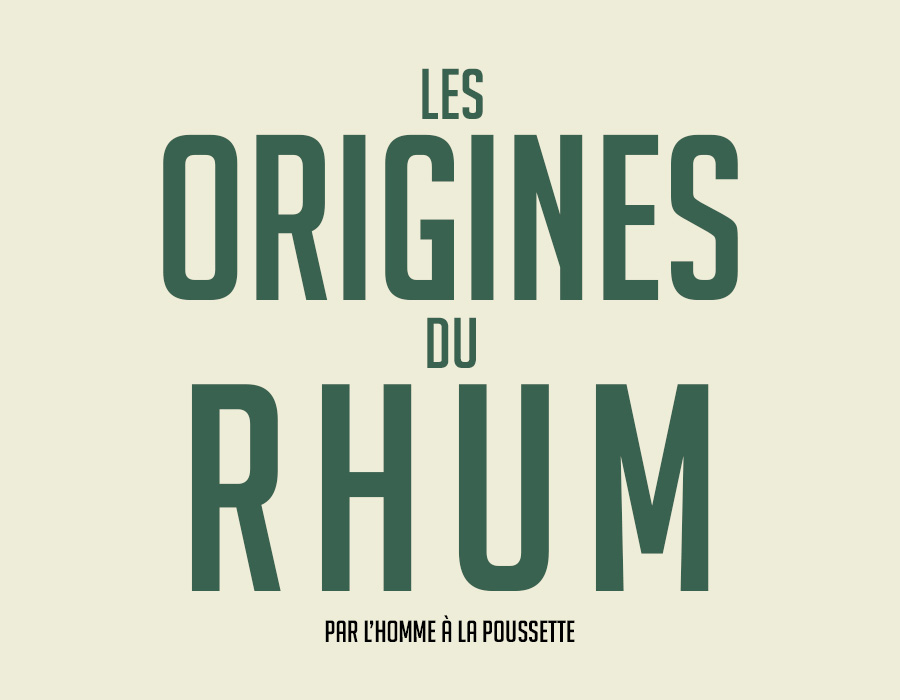Madeira rum, get to the bottom of the bottle
Why does a Madeira rum develop this aromatic profile? Let’s go from the bottle to the cane to find out.
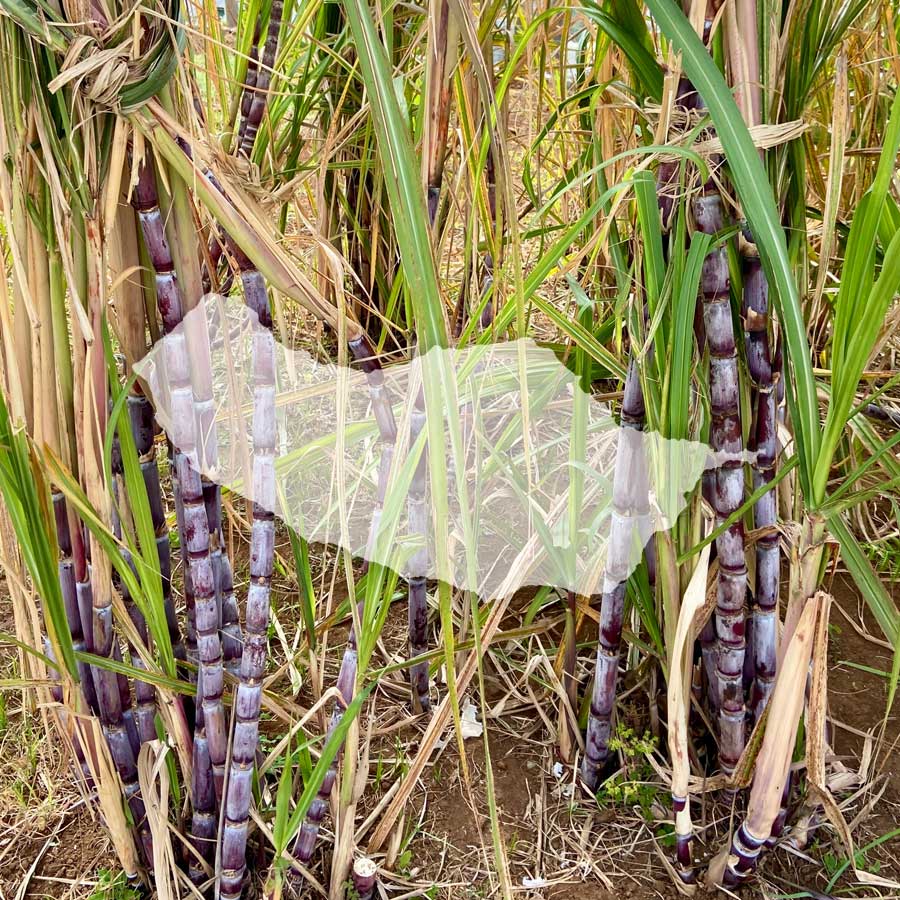
Now you feel like you’ve mastered most of the major rum-producing regions – naive as you are. But now you’re thinking it might be interesting to look at more confidential origins.
It’s with this new obsession in mind that you head off to your specialist wine shop. You chat about current events, the latest releases, your recent tastings… then, once this ritual – which you enjoy immensely – is over, you tell him your idea.
“He replies, “That’s good! Then he starts talking about Portuguese rum (ah, does that exist?!), rhum agricole and an Atlantic island all at the same time. You’re lost.
And he concludes with these words: “You’ll see, Madeira rums have a lot to offer. To fully appreciate this, the best option is to taste a white and an old one”.
Never disappointed by the advice of this living encyclopedia of cane brandy, you leave with two bottles under your arm (or in your bag, or even in the stroller for young parents).
Once back at home, you scrutinize the newly acquired bottles more closely.
The words “Rum Agricola da Madeira” on both labels intrigue you, and confirm what your cellarman was telling you. You thought that the term “rhum agricole” could only be used for rums from Martinique, Guadeloupe, French Guiana and Réunion…
You were wrong (it’s neither the first nor the last time): in addition to these four producing regions, a fifth appears in the texts: Madeira.
Of course, this also means that the distillate must be produced from cane juice and meet the definition of a traditional rum in the European sense of the term. Do you remember this? What do you mean, no? Check out our article on Reunion Island Rum to refresh your memory!
Enough chit-chat, let’s get on with the tasting.
Forethoughtful as you are, you’ve already poured two centilitres of each rum into tasting glasses (it works much less well in big-eared mouse mustard glasses).
You bring the unaged rum to your nose to begin with. There’s no doubt about it: it’s cane juice that’s been fermented. However, its more pronounced acidity sets it apart from other agricultural rums.
Lime and a metallic note add freshness and a sharpness that blends well with the roundness of sugarcane.
A touch of herbaceousness and a drop of olive brine complete the profile. You’ll like it.
These distinctive aromas can be explained by a number of factors: variety of cane, climatic and pedoclimatic conditions (I’ll leave you to look up the definition), specific yeasts and distillation equipment that is often old and relatively small-scale.
There are five active distilleries on the island, all producing rhum agricole. They vary in size and production methods: fermentation times (from 16 to 72 hours), yeasts used, distillation methods (batch distillation on small Portuguese alembics or Charentais alembics, continuous distillation on copper columns with fifteen or so trays, or on hybrid alembics…).
You’d think that the distillates produced would be extremely varied, but that’s not the case.
In fact, as part of a Geographical Indication (adopted in 2011), all rums are tasted by a tasting panel (as for the AOC Martinique).
Although there are variations from one rum to the next, this helps to maintain a common aromatic link.
What I’ve just described also applies to aged rums, which must be endorsed by the IVBAM (Madeira’s institute for the regulation and promotion of wine, rum and artisanal products). Note that the minimum ageing period is 3 years (and then increases from three to three).
Now it’s time for that second glass.
The woodiness comes as a bit of a surprise; it’s very pronounced, with distinctive accents. Spices, tobacco, leather, cooked fruit and caramel form a thick, roasted mix. You also detect an aroma of gunflint/sulfur and seem to recognize the imprint of cane juice.
The palate matches the nose, but the relative smoothness surprises you a little, while the texture is fluid and enveloping.
This six-year-old is more than its age, and is reminiscent of certain old rums from Guadeloupe.
This particular character is due to the casks used for aging. This is Madeira, and the island’s best-known product is undoubtedly its wine. Made in the natural, traditional way, this fortified wine spends several years in casks, from five to several dozen.
So it’s only natural that rum producers should source their barrels from the island’s wine producers. It is these very special barrels that will impart the rum’s aromas (even when they are only used for part of the aging process), including the potential sulphurous note.
This flinty aroma is regularly – though not systematically – present in spirits aged in ex-wine casks.
The reason is simple: so that the wine-soaked staves don’t deteriorate (mold, acetic sting) during the journey to the distillery (especially if it’s a long one), the barrel is sulphured. A wick of sulfur is burned inside the barrel to sanitize it. Unfortunately, the sulphur will then leave its mark on the cask, contaminating its new contents.
When the sulphurous note is discreet, it can almost bring something positive to the spirit, but it often goes unchecked and becomes disturbing.
Please note that, although I’ve focused on this practice in this article, not all Madeira aged rums have this characteristic, far from it. In addition, other casks are used by island distilleries: wine brandy, whisky, port or even new Portuguese oak.
In other words, this is another stage in the production process that can vary from one producer to another, resulting in an (even) greater variety of rums.
So much for this tour of Madeira, so you have a better understanding – I hope – of the rums produced there.


